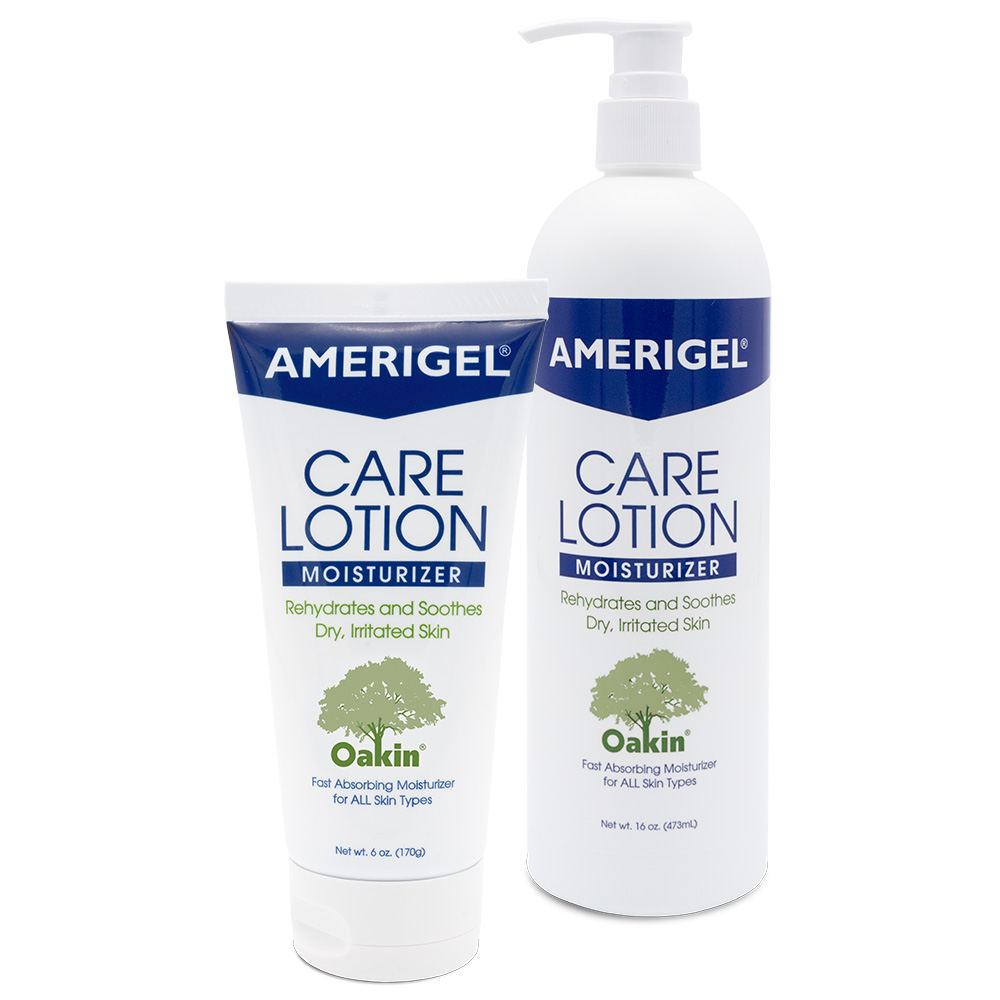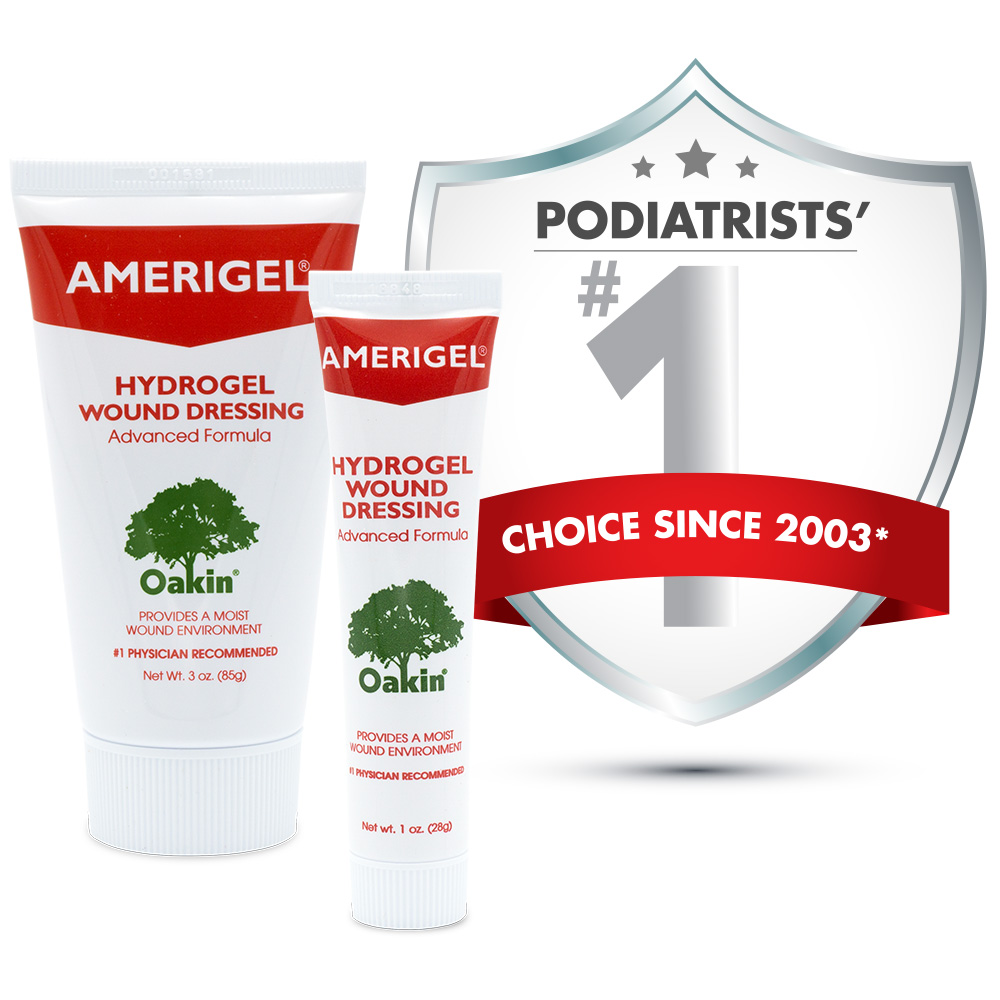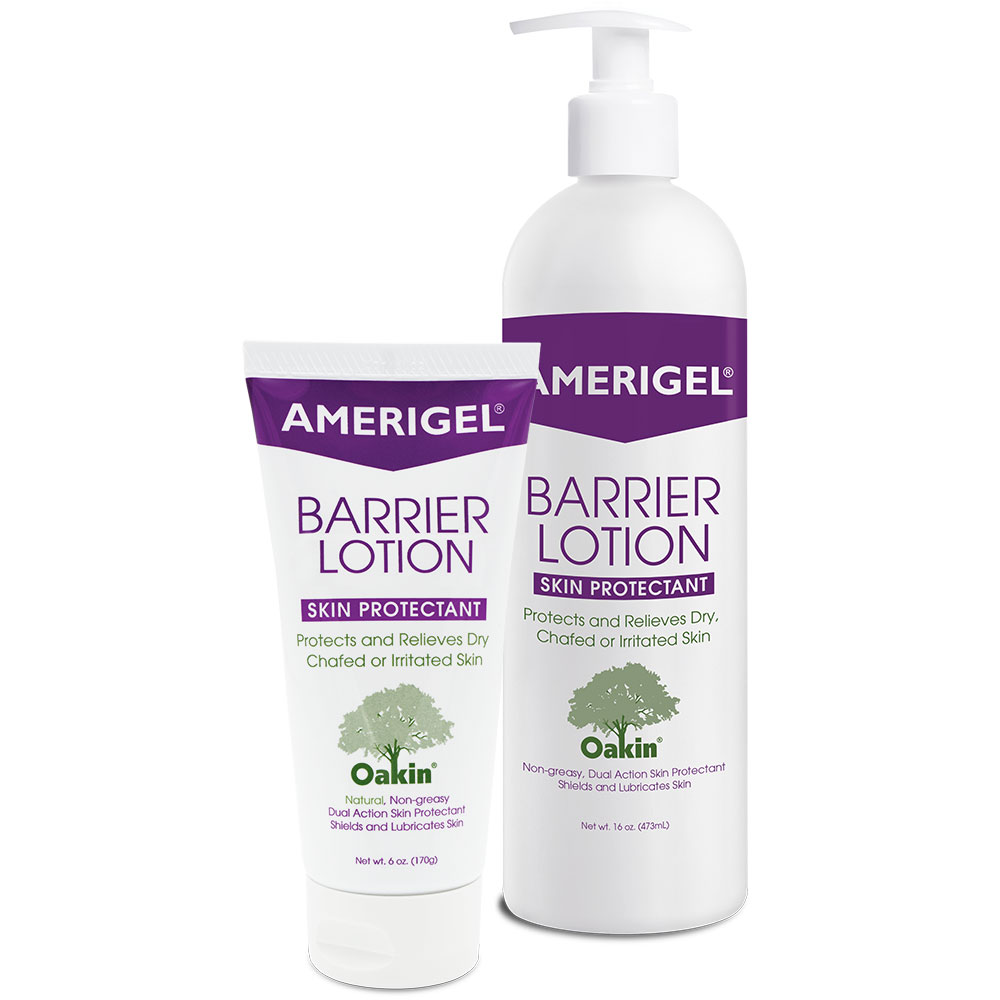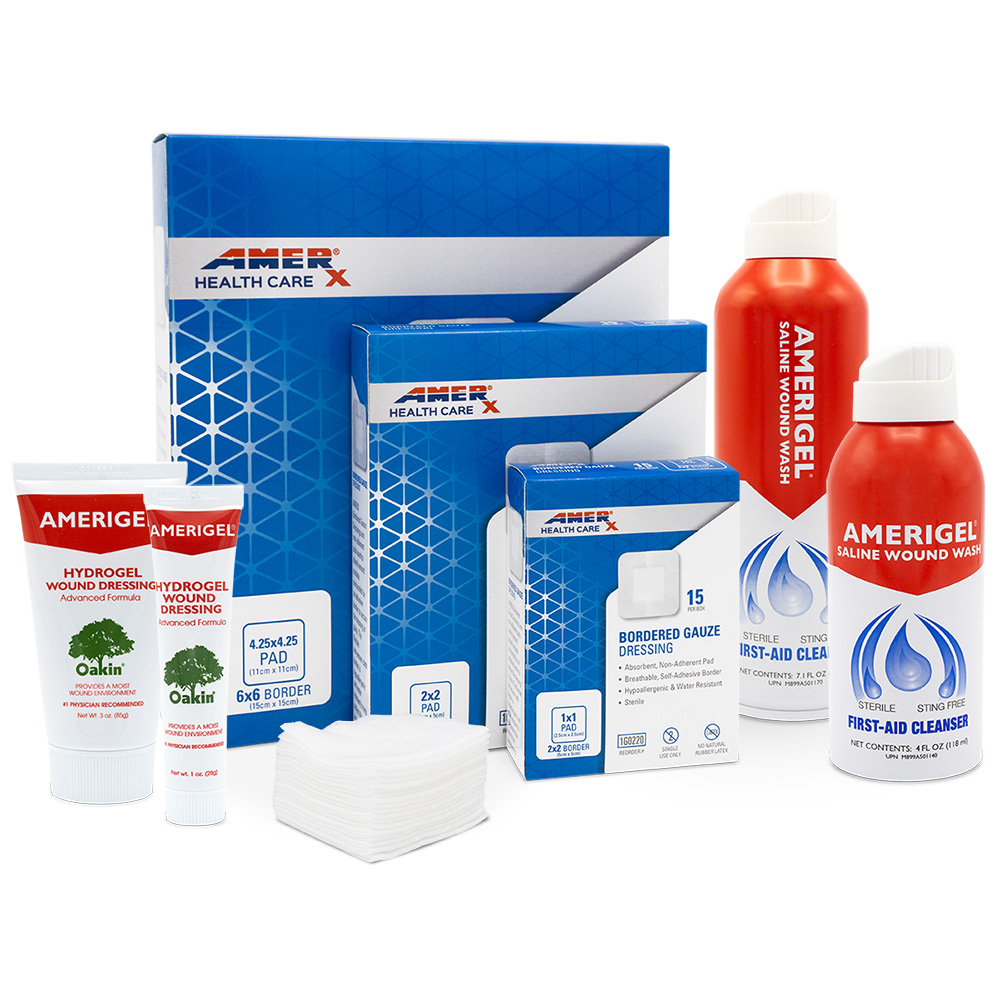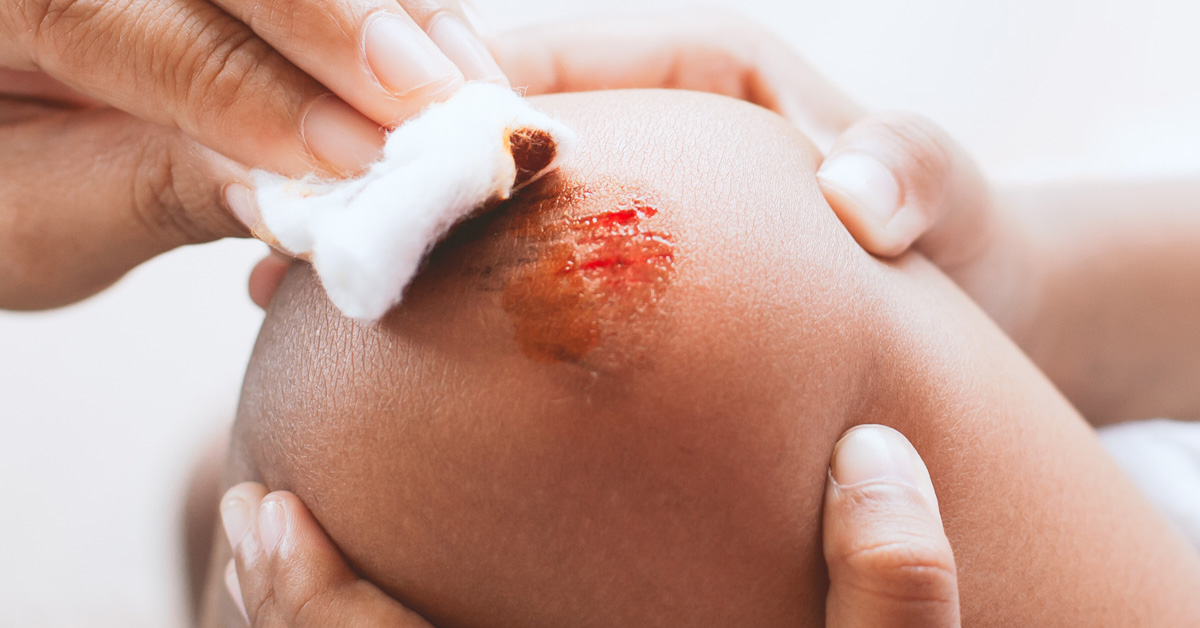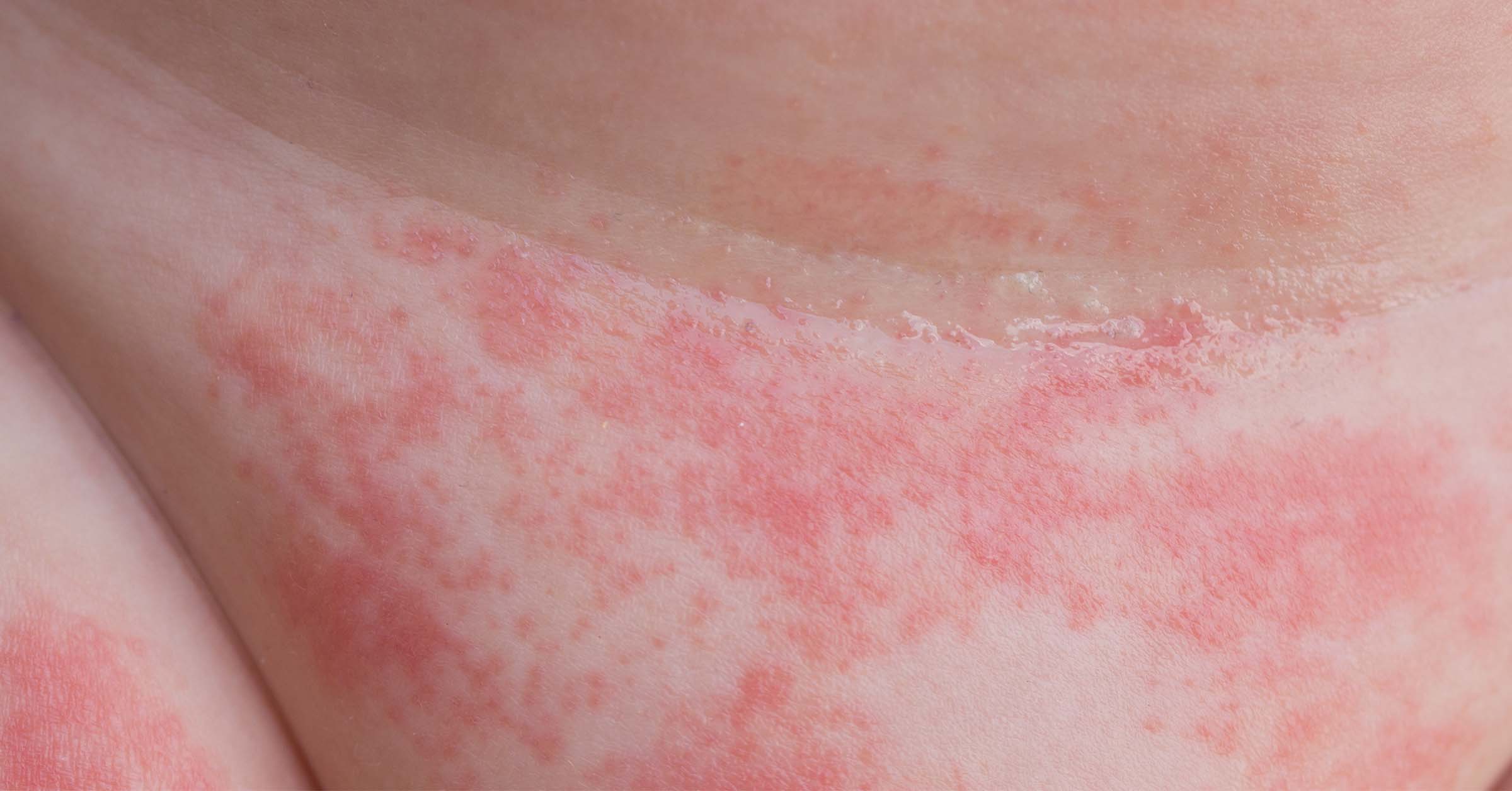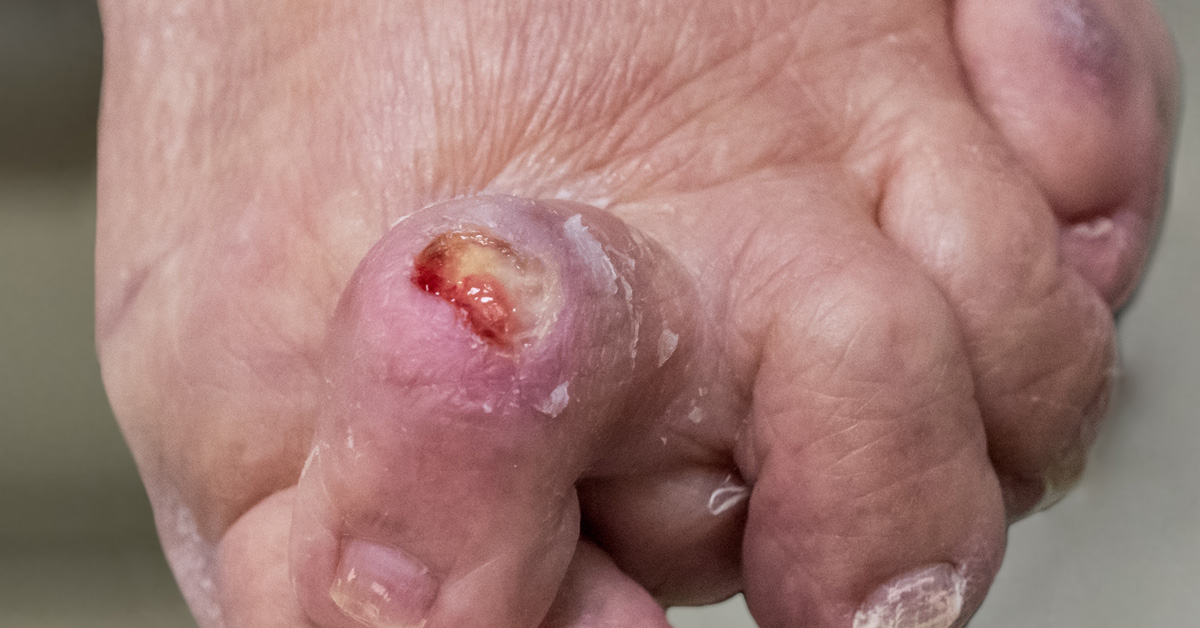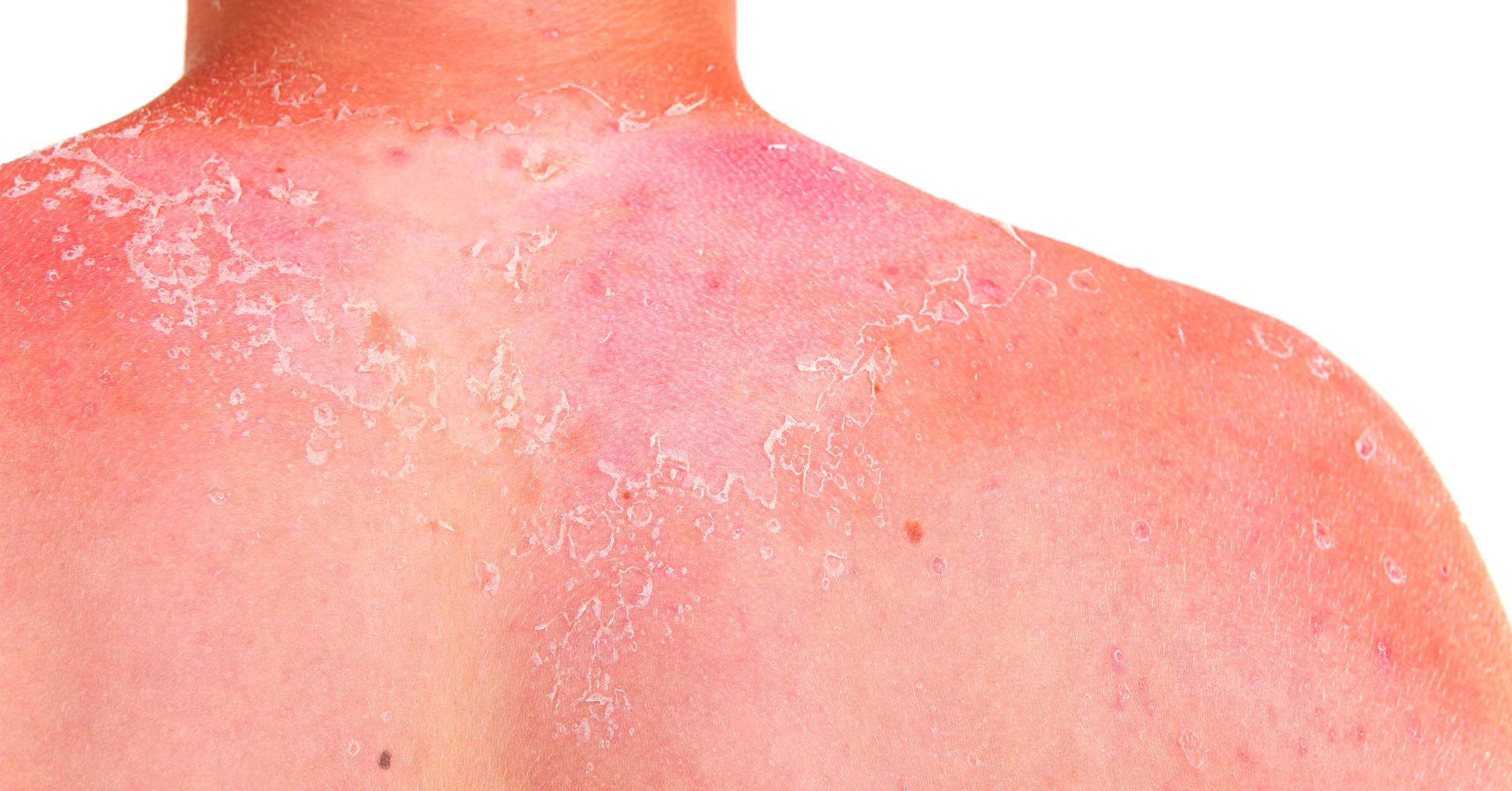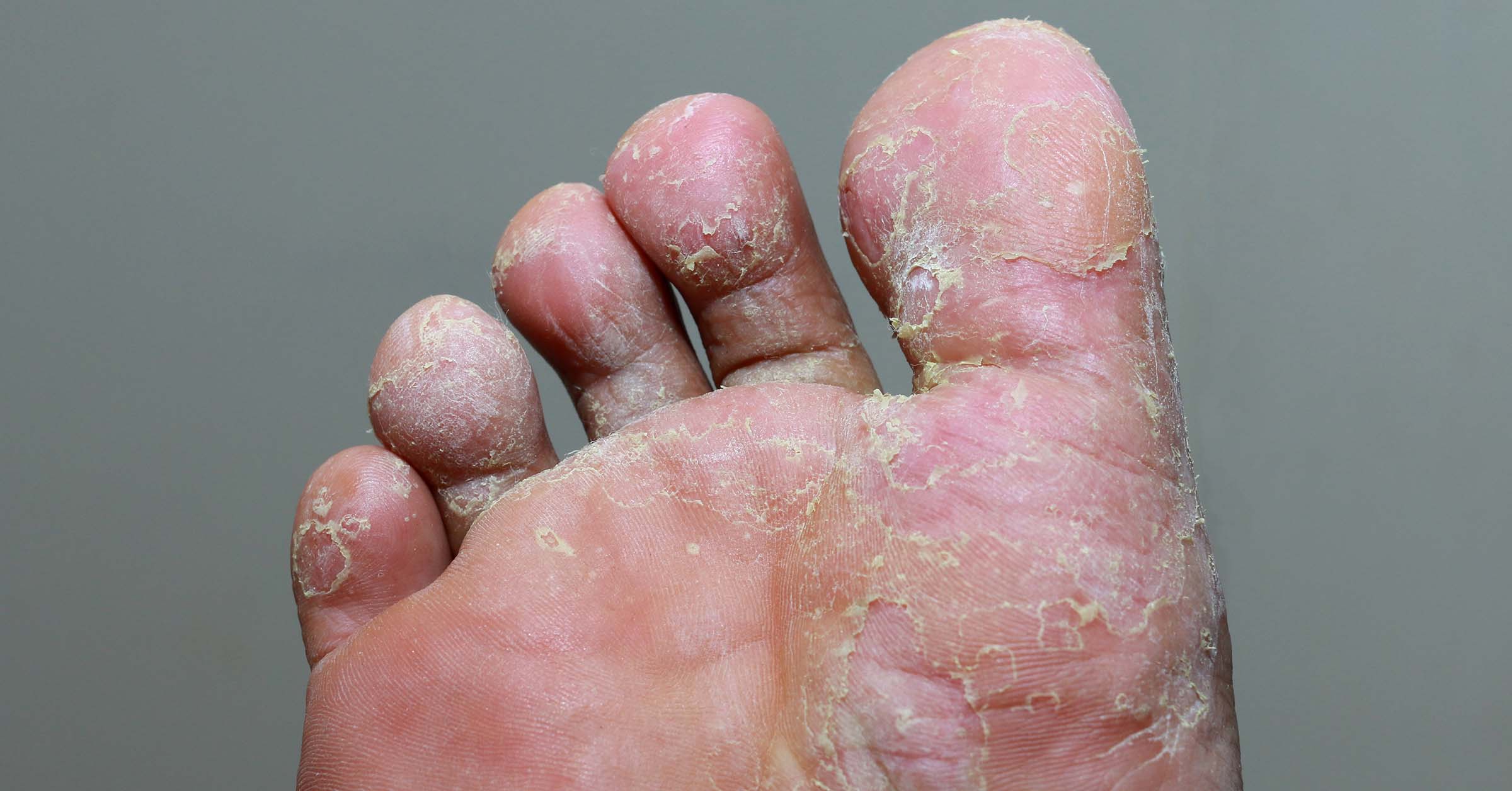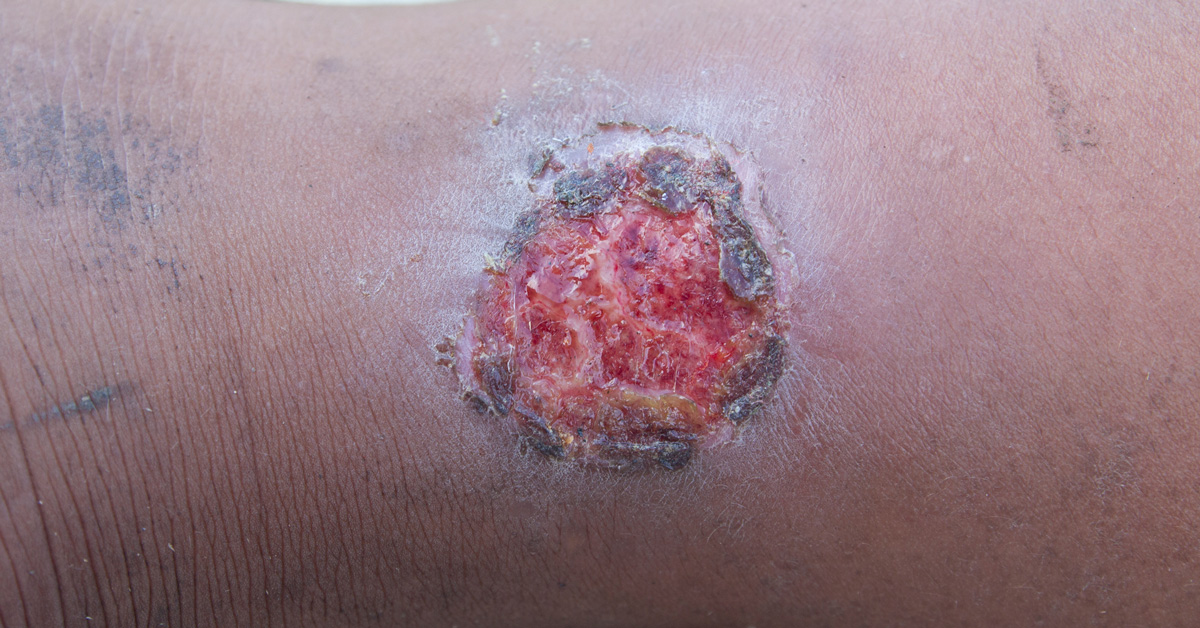Diabetic Skin
What are Diabetics Skin Problems?
Diabetes can have a variety of effects on the body, including the skin. Diabetes puts people at an increased risk of developing skin problems due to changes in blood sugar levels, blood circulation, immune system function, and nerve damage. It is vital to take good care of skin daily to avoid potential skin problems.
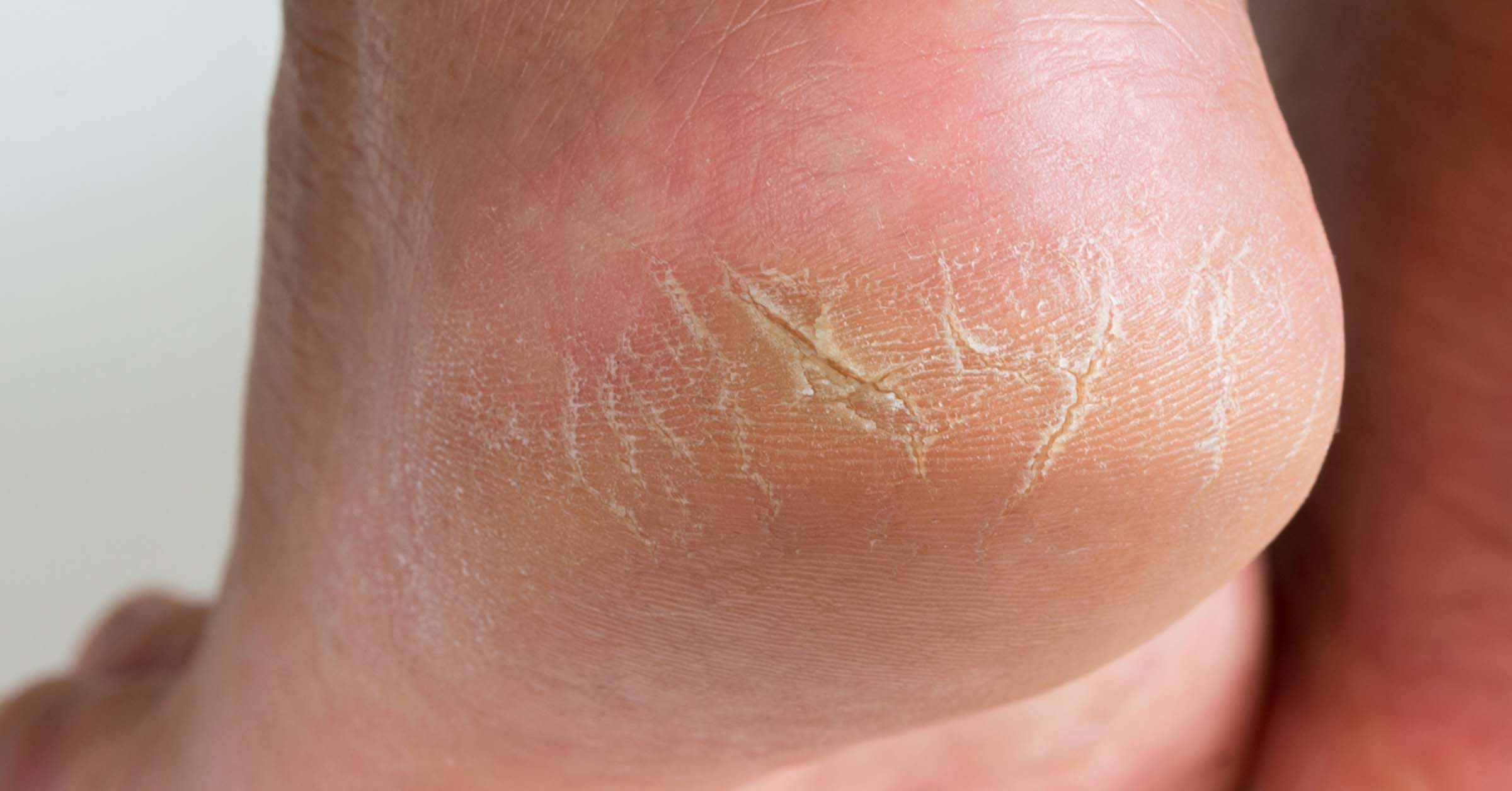
What Common Skin Problems are Linked to Diabetes?
- Dry skin, also known as Xerosis – Hydration and the use of moisturizers can help alleviate this problem.
- Acanthosis Nigricans – A skin condition that causes dark, thickened patches of skin, most commonly in skin folds. It has been linked to insulin resistance and obesity.
- Bacterial infections – Diabetics are more prone to bacterial infections like styes, boils, and carbuncles. Antibiotics can be used to treat these infections.
- Blisters, also known as bullous diabeticorum – These are uncommon, spontaneous blisters that can occur on the hands, feet, legs, and arms of people with poorly controlled diabetes. The precise cause of these blisters is unknown, but it is believed that they are associated with neuropathy (nerve damage) or microvascular complications.
- Cellulitis – Diabetics are more susceptible to cellulitis, a bacterial skin infection that can occur anywhere on the body.
- Digital Sclerosis – Characterized by thickening and tightening of the skin on the backs of the hands. It can make proper finger movement difficult.
- Fungal infections – Yeast and fungal infections such as candidiasis, jock itch, and athlete’s foot are more common in people with diabetes. Antifungal medications can be used to treat these conditions.
- Itching – Chronic itching can be a sign of high blood sugar levels. Controlling blood sugar levels can help reduce itching.
- Necrobiosis Lipoidica Diabeticorum – This condition causes red or brown patches with a shiny, atrophic (depressed) center. It usually affects the lower legs and is linked to diabetes.
- Ulcers – Diabetes can reduce blood flow to the extremities, making wound healing difficult. This can result in the formation of ulcers, especially on the feet. To prevent and manage ulcers, proper foot care is essential.
- Vitiligo – Vitiligo is a chronic skin condition characterized by the loss of skin pigmentation, resulting in white patches or depigmented areas.
When Should I Call my Doctor?
It is essential for diabetics to take care of their skin and promptly address any skin problems. Proper blood sugar management, regular checkups with a healthcare provider, and maintaining good hygiene can aid in the prevention and management of numerous skin complications associated with diabetes. Consult a healthcare professional for a proper diagnosis and treatment if you observe any skin changes that are cause for concern.
How Should I Care for Diabetic Skin?
- Keep skin clean and dry.
- Manage diabetes with good blood glucose control. People with high blood sugar levels have dry skin and can’t fight off germs as well.
- Avoid scratching skin to avoid skin injury, inviting germs for infection to set in.
- Moisturize skin to prevent chapping and cracking.
- Always consult with a physician about skin problems that are not going away.
Moisturize and Prevent Diabetic Skin Problems
The deep-penetrating formula of AMERIGEL Care Lotion hydrates and soothes dry, irritated skin associated with diabetes. AMERIGEL Care Lotion is safe for diabetic dry skin, irritation, exfoliating corns and calluses, protecting, and moisturizing. Cleanse skin with soap and water, and dry thoroughly. Apply a liberal amount of AMERIGEL Care Lotion 2-3 times a day.
Treat and Heal Diabetic Skin
AMERIGEL Hydrogel Wound Dressing is ideal for diabetic skin ulcers, cuts, and scrapes. The proprietary hydrogel technology promotes moist wound healing and reduces the risk of infection. Cleanse the wound with mild soap and water and apply hydrogel to the affected area on a daily basis. Cover the wound with a clean gauze dressing. Do not use tape on the skin to secure the dressing.
*Do not use AMERIGEL Hydrogel Wound Dressing on third and fourth-degree burns.
NOTE: If you are experiencing any symptoms suggestive of a medical emergency, always contact a physician or seek urgent care immediately.

